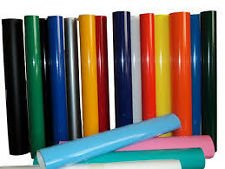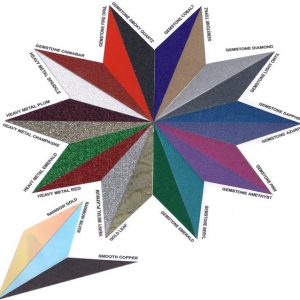Accessories
£220.00
Adhesive Vinyl
£7.60 – £181.50
Adhesive Vinyl
£7.60 – £181.50
Accessories
£5.87
Adhesive Vinyl
£24.20 – £2,069.10
Adhesive Vinyl
£13.20 – £26.40
Adhesive Vinyl
£27.50
Adhesive Vinyl
£20.35
Adhesive Vinyl
£16.50 – £159.50
Adhesive Vinyl
£13.20 – £26.40
Adhesive Vinyl
£13.20
Adhesive Vinyl
£13.20
Monomeric Vinyl
The Vinyl Corporation have been supplying Sign Making Vinyl to the Sign Trade for over 30 years, one of the prime considerations is the price point that the Vinyl Materials must meet, depending on the purpose that the Vinyl Graphics are going to be used for will determine whether a Monomeric Vinyl will fulfil the desired criteria, this vinyl is available in a Gloss or Matt finish, making it the ideal choice for Vinyl Wall Art.Monomeric Vinyl is POLYVINYLCHLORIDE (PVC) Polymer which is quite a hard material that is not very pliable so Plasticisers are added as well as Colour Pigments, UV and heat stabilisers as well as fillers and processing aids, then this whole Chemistry set is mixed up, heated up until pliable, but not mouton and fed through high pressure rollers, then stretched and re-rolled, this process is known as "Calendering", similar to the system that steel goes through as it is rolled out, by rolling this small piece of PVC out and putting it under so much pressure and stretching it - there is a lot of retained" memory "and tensile strength remaining within the resulting roll of Calendered Monomeric Vinyl, the net result of this is that unlike Polymeric vinyl and even more so CAST vinyl, this product will always try to reconfigure to it's original size and shape, as it is NOT dimensionally stable, this will generally manifest itself in shrinkage.
So even though the more economical ingredients are used to produce Monomeric Calendered Vinyl and the process is quicker and easier than casting film, it will not perform to the same level as a Polymeric or Cast film will, for example even with heat and physically working it into a recess or over a rivet the Monomeric Calendered Vinyl will probably conform to that position initially, but it will try to resume it's original size and shape and when this happens, usually over night after fitting, the Vinyl will "Tent out" of the recess it has been forced into, as it shrinks back, and the rivets will have air pockets formed around them as the vinyl shrinks back and tents off the surface of the vehicle. These can be re- heated and reworked, but they will always fail, as it is not the correct vinyl for the job, it is not stable enough to adopt the new positioning it has been given and the tensile strength within this vinyl will keep on shrinking, this is exaggerated even more with temperature variation, and shrinkage can even be so severe that a black adhesive line is left around the edge of the graphic, where the Monomeric Vinyl Film has shrunk and pulled back from the adhesive that it was coated with. It is also worth noting that some pigments and colour ways perform even more dramatically - an extreme example would be to place a Black Vinyl Graphic on a bonnet of a vehicle in a hot climate, the heat will be absorbed and accelerated the rate of shrinkage also with it being at a Horizontal attitude to the Sun it will absorb the UVA/UVB rays more easily and this will cause an increased degradation of this Monomeric Vinyl Film
LET'S GET SCIENTIFIC !
The main difference between Monomeric Vinyl and Polymeric Vinyl is that the Monomeric Vinyl has a double bond between two carbon atoms, whereas the Polymeric Vinyl has no double bonds in their Carbon backbone!
WHY CHOOSE MONOMERIC CALENDERED VINYL?
The Vinyl Corporation supply Monomeric Calendered vinyl film because it is a cost effective option, giving a very good Price: Performance ratio and for certain applications including short term promotions and recovering Kitchen Doors and cupboards or VINYL WALL ART it is thicker and so easier to handle and tougher when scuffed or scratched.























